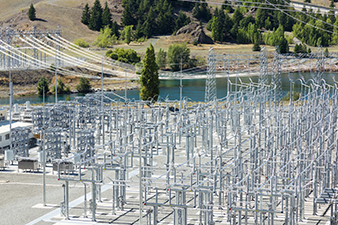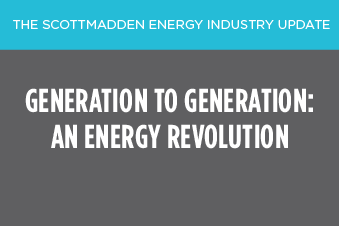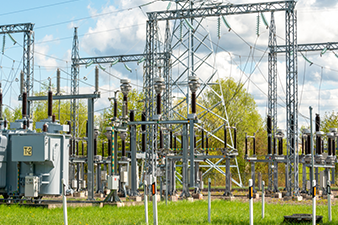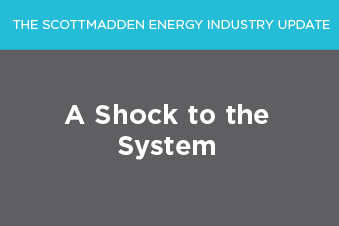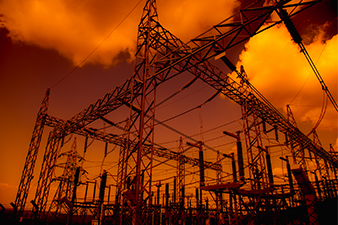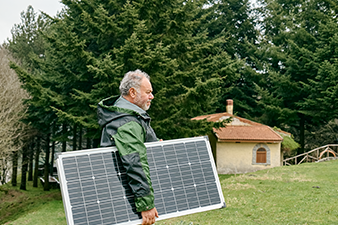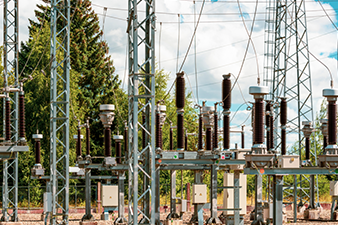
It appears the rules that implement the Public Utility Regulatory Policies Act of 1978 (PURPA) are destined for their most significant change in nearly 40 years. When passed in 1978, as the United States was in the throes of an energy crisis, PURPA sought to incentivize development of more efficient and renewable generation (e.g., cogeneration and hydropower, among others) as well as increase energy efficiency and conservation. At the time, Congress saw the vertically integrated utility’s “natural monopoly” as a possible barrier to this development, and it sought to reduce the United States’ dependency on oil imports for power generation. PURPA’s legislation opened electricity markets, for the first time, to meaningful competition. What followed has been a steady transition from electricity generation, almost entirely controlled by regulated utilities, to an industry that now boasts competition by a strong contingent of non-regulated generators.
To assess the state of this competition and the continuing need for PURPA in its current form, the Federal Energy Regulatory Commission (FERC) announced on September 19, 2019, that it has opened a Notice of Proposed Rulemaking (NOPR) on its PURPA regulations. The impact on the competitiveness of a qualifying facility (QF)[1] could be significant.
According to FERC’s announcement, NOPR proposes the following changes to PURPA’s rules:
| Proposed Change | Context |
|
|
|
|
|
|
|
|
|
|
The greater discretion potentially granted to states in setting energy rates is especially critical. FERC’s proposal allowing energy rates that vary during the life of the QF’s contract, for example, would create less certainty in PURPA’s contract compensation and may challenge the ability to obtain financing for these projects.
“PURPA laid the foundation for the Commission’s open access transmission policies and the competitive wholesale power markets that we have today,” said FERC Chairman Neil Chatterjee. “But a lot has changed since 1980. We have seen tremendous technological advancements in renewables, increasing sophistication in competitive electric power markets, and abundant supplies of domestic natural gas. “It’s time to modernize the Commission’s implementation of PURPA to reflect those significant developments.” [pullquote quote=”It’s time to modernize the Commission’s implementation of PURPA to reflect those significant developments.” attribution=”FERC Chairman Neil Chatterjee” align=”right”]
Proposed Rules Likely to Limit PURPA’s Effectiveness
Over its lifetime, PURPA has most notably been used by QF developers to require regulated utilities to purchase power output from non-utility projects. These rules played a critical role in establishing the non-utility generator industry and paved the way for expansion of natural gas generation in the 1990s and 2000s.
In more recent years, solar and wind owners have developed more than 10,000 MWs of QF capacity[1] under PURPA’s renewables criteria. FERC is signaling its view that advances in technology and cost efficiency of renewable options along with the widespread adoption of renewable portfolio standards make strong PURPA rules as currently written a less appropriate component of electricity markets today.
In fact, use of a QF’s rules to require regulated utilities to purchase large amounts of renewable generation from numerous small-scale projects has been a major issue for electric utilities in recent years. In North Carolina, Duke Energy connected 850 solar projects to its system over the five years ended in 2018.[2] The company’s solar capacity expanded five-fold over that period. When FERC announced the issuance of NOPR, Duke Energy quickly came out in praise of the proposed rule changes. A Duke spokesperson noted, “PURPA requires our customers to purchase energy at a premium from third parties that is not needed, resulting in unnecessarily higher bills.”
Solar advocacy groups were less enthused. “The proposed rule will have the effect of dampening competition and allowing utilities to strengthen their monopoly status,” noted the Solar Energy Industries Association. [pullquote quote=”The proposed rule will have the effect of dampening competition and allowing utilities to strengthen their monopoly status.” attribution=”the Solar Energy Industries Association” align=”right”]
Adds to an Active FERC Docket
Comment submission and public participation in PURPA’s rule proceeding are expected to be significant. Developers have benefited greatly from PURPA over past decades and will resist many of the proposed changes. Electric utilities, on the other hand, have been vocal about desired updates to the rules, certain of which are now reflected in NOPR.
The PURPA rulemaking will add to a FERC docket that is already active with multiple proceedings on electricity market rules and natural gas infrastructure expansion.
When implemented, PURPA set off a multi-decade period of competitive transition for electricity markets. FERC must now determine if PURPA, as implemented, is needed to continue this transition or if these rules have outlived their usefulness.
[1]Qualifying Facility: A small power production facility is a generating facility of 80 MWs or less whose primary energy source is renewable (hydro, wind, or solar), biomass, waste, or geothermal resources. It is also a cogeneration facility that sequentially produces electricity and another form of useful thermal energy such as heat or steam.
[2] PURPA-qualifying capacity increases but it’s still a small portion of added renewables, U.S. DOE EIA, August 16, 2018
[3] Advocacy Award Nomination: Duke Energy, Edison Energy Institute (EEI), 2018



